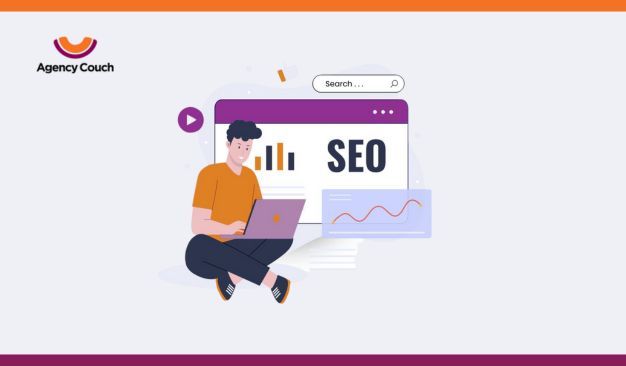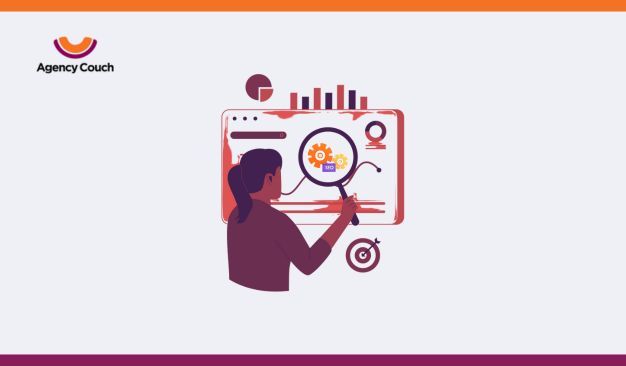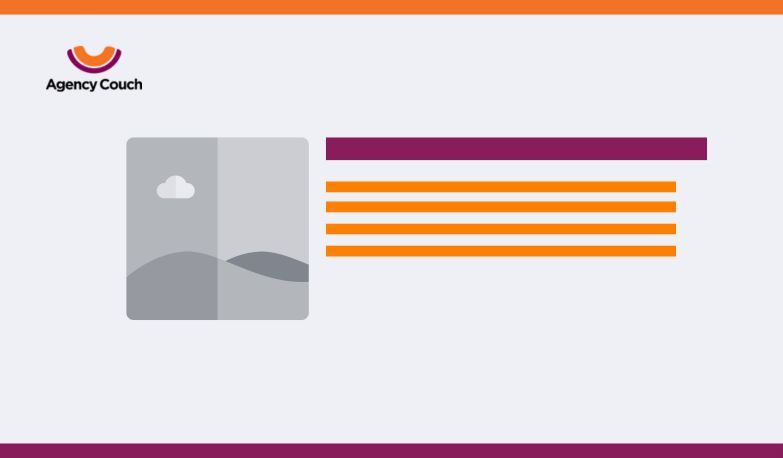Conventional wisdom often tells us that a good conversion rate in Google Ads falls within the range of 2% to 5%. The conversion rate is one of the most important metrics to measure success. However figuring out what a good conversion rate is can be confusing at times because it depends on many things, such as your industry, your business goals, and the items or services you give. In this comprehensive guide, we’ll go deeper into the concept of conversion rates, how to calculate them, achievement benchmarks, and techniques for enhancing your performance.
What is a Conversion Rate, and How Do You Determine It?
A conversion rate is the proportion of website visitors who complete a desired activity, such as making a purchase, completing a contact form, or signing up for a newsletter. Divide the number of conversions by the number of ad clicks to get your conversion rate. For example, if your ad receives 100 clicks and 10 successful transactions, your conversion rate is 10%.
Conversion Rates: Is 5% the Ideal Value for Your Business?
“What’s a good conversion rate for Google Ads?” is a typical question among marketers. While 5% is often regarded as a fair conversion rate benchmark, it’s important to understand that this percentage might vary greatly depending on industry and company goals. E-commerce enterprises, for example, have higher average conversion rates, which often range around 5%. In contrast, sectors like education and training may have typical conversion rates closer to 3%. Also, the difficulty of your conversion process can affect your rate. If it takes a long time for a lead to become a customer, your conversion rate is likely to be lower.
Conversion Rate Influencing Factors
Besides the general standards, there are several things that can have a big impact on your conversion rate:
Quality of Ad Content: The effectiveness of your ad text has a significant impact on conversion rates. Use A/B testing to find out which versions of your ad copy work best with your viewers.
Relevance: Your ad must be perfectly aligned with the user’s search query. Thorough keyword research ensures that your advertisements target the most relevant search words.
Landing Page Experience: Your landing page’s design and usability are crucial. Make sure it matches the message of your ad and streamlines the user’s way to conversion.
Traffic Quality: While large traffic levels are important, quality takes priority over quantity. Targeted advertising and landing pages may bring in visitors who are serious about making a purchase.
Simplicity: Keep the user journey as simple as possible. Distracting or complicated procedures may turn off prospective clients. To increase conversion rates, simplify whenever possible.
Going the Extra Mile: Conversion Rate Boosting Strategies
While knowing and measuring conversion rates is critical, let’s look at some advanced tactics for taking your Google Ads campaign to the next level.
- Use Ad Extensions: Ad extensions are a fantastic tool for providing consumers with extra information. To make your advertising more informational and attractive, use site link extensions, callout extensions, and structured snippet extensions.
- Make Advantage of Remarketing: Remarketing enables you to target visitors who have previously engaged with your website or advertisements. Create targeted ad campaigns to re-engage prospective consumers and get them closer to conversion.
- Optimize for Mobile: As mobile use grows, make sure your landing pages and advertisements are mobile-friendly. Potential clients may be lost due to a bad mobile experience.
- Focus on Negative Keywords: Negative keywords are very important. These are keywords that you do not want the ads to display for. Filtering out irrelevant traffic may help you increase conversion rates.
- Use AI and Automation: Use artificial intelligence and automation techniques to improve your marketing. These tools may assist you in adjusting bids, targeting particular audiences, and serving advertisements at the most effective times for conversion.
- Conversion Tracking: Accurate conversion tracking is essential. Conversion tracking should be enabled in your Google advertisements account to determine which advertisements and keywords are generating the most conversions.
- Conduct Competitor Analysis: Monitor what your rivals are doing. Analyze their advertisements and methods to discover areas for improvement.
- Seasonal Campaigns: Tailor your campaigns to seasonal patterns and holidays. Create unique deals and promotions to attract holiday consumers or those looking for specialized seasonal products.
- Experiment with Different Landing Page Components: Experiment with different landing page components like headlines, graphics, and calls-to-action to see what connects best with your audience.
- Seek Specialist Help: If you’re having trouble getting the results you want with Google Ads, try contacting an Offshore Digital Marketing Agency like Agency Couch. We can provide you with the guidance and strategies needed to navigate the intricacies of Google Ads and maximize your conversions. We have a team of experienced Google Ads specialists who can help you with everything from setting up your campaigns to managing your budget and optimizing your keywords.
Understanding, analyzing, and constantly increasing your conversion rate is critical in the world of Google Ads. While a 5% conversion rate is a reasonable starting point, keep in mind that your specific industry, company objectives, and marketing techniques may all affect what’s considered a “good” rate. You may improve your conversion rate over time by carefully adjusting ad copy, landing pages, and traffic quality. Also, keeping up with the latest trends and using cutting-edge tactics can help you get great results.
So, use the information and tactics offered in this article and set out on your path to Google Ads success. Continue to observe, test, and adjust, and your efforts will certainly be rewarded.



